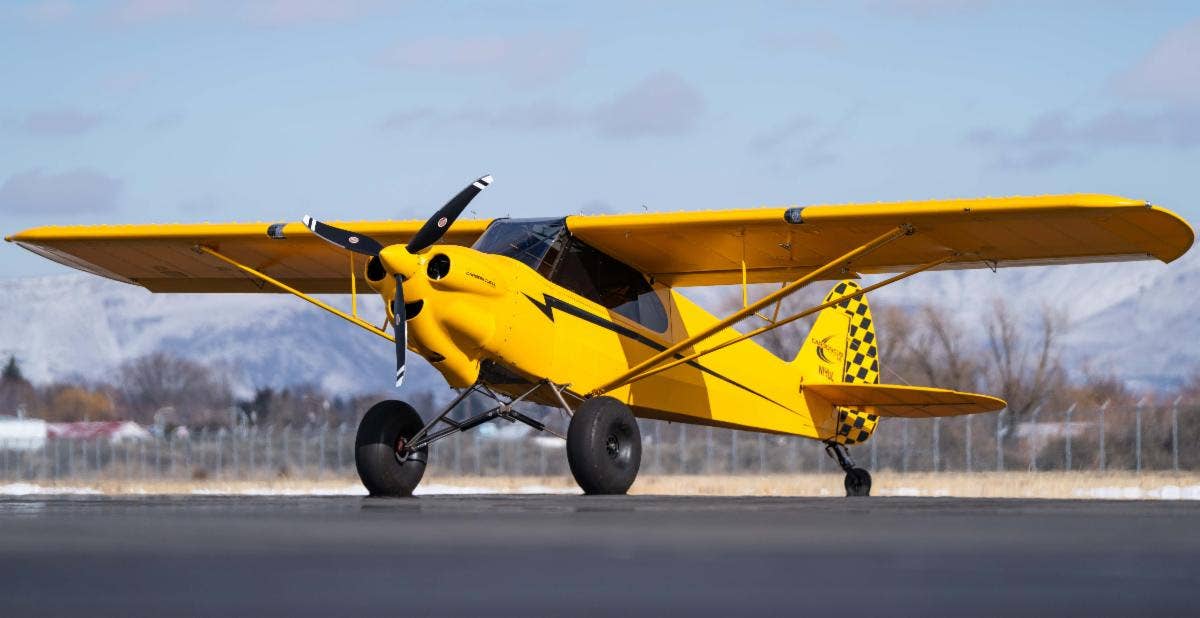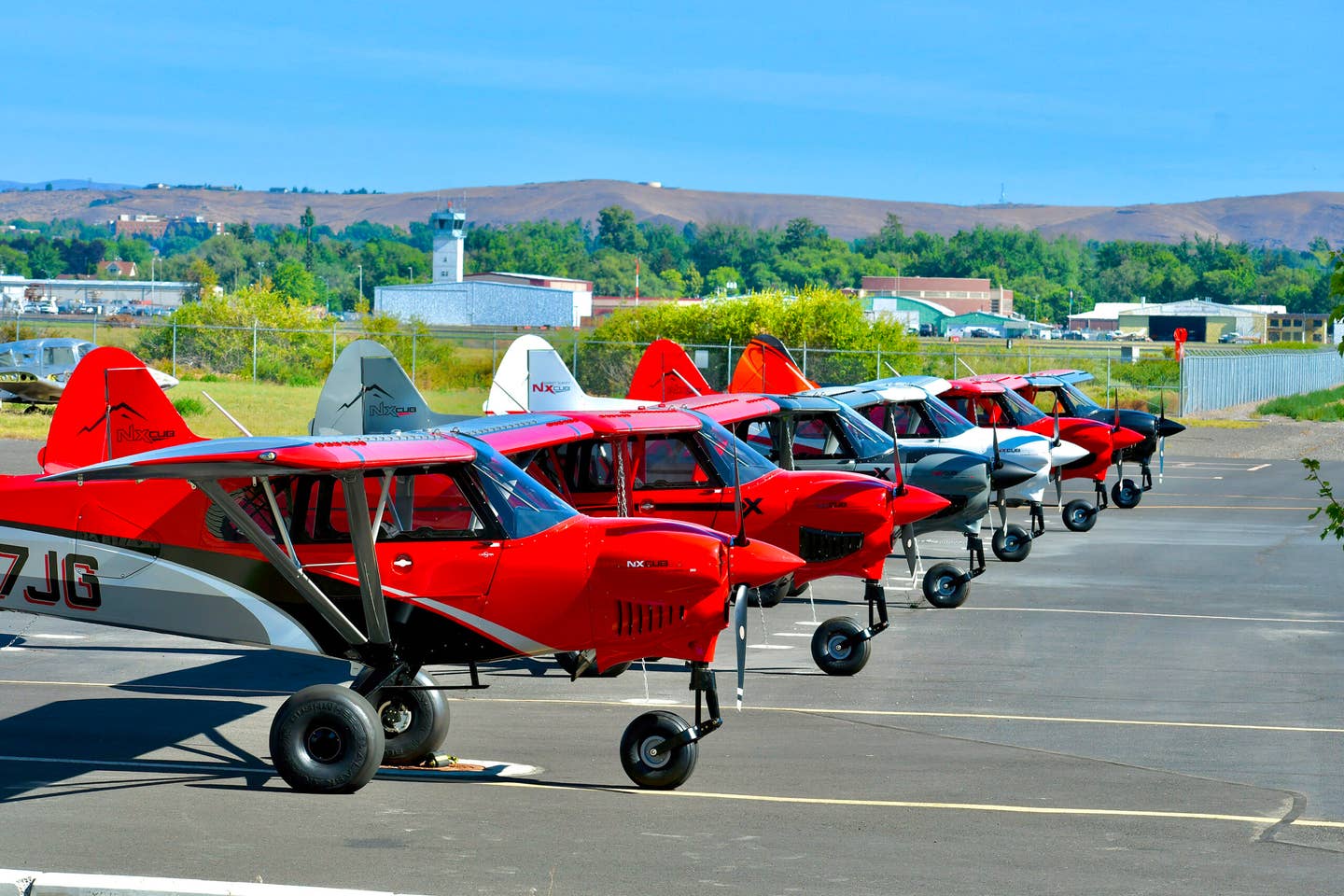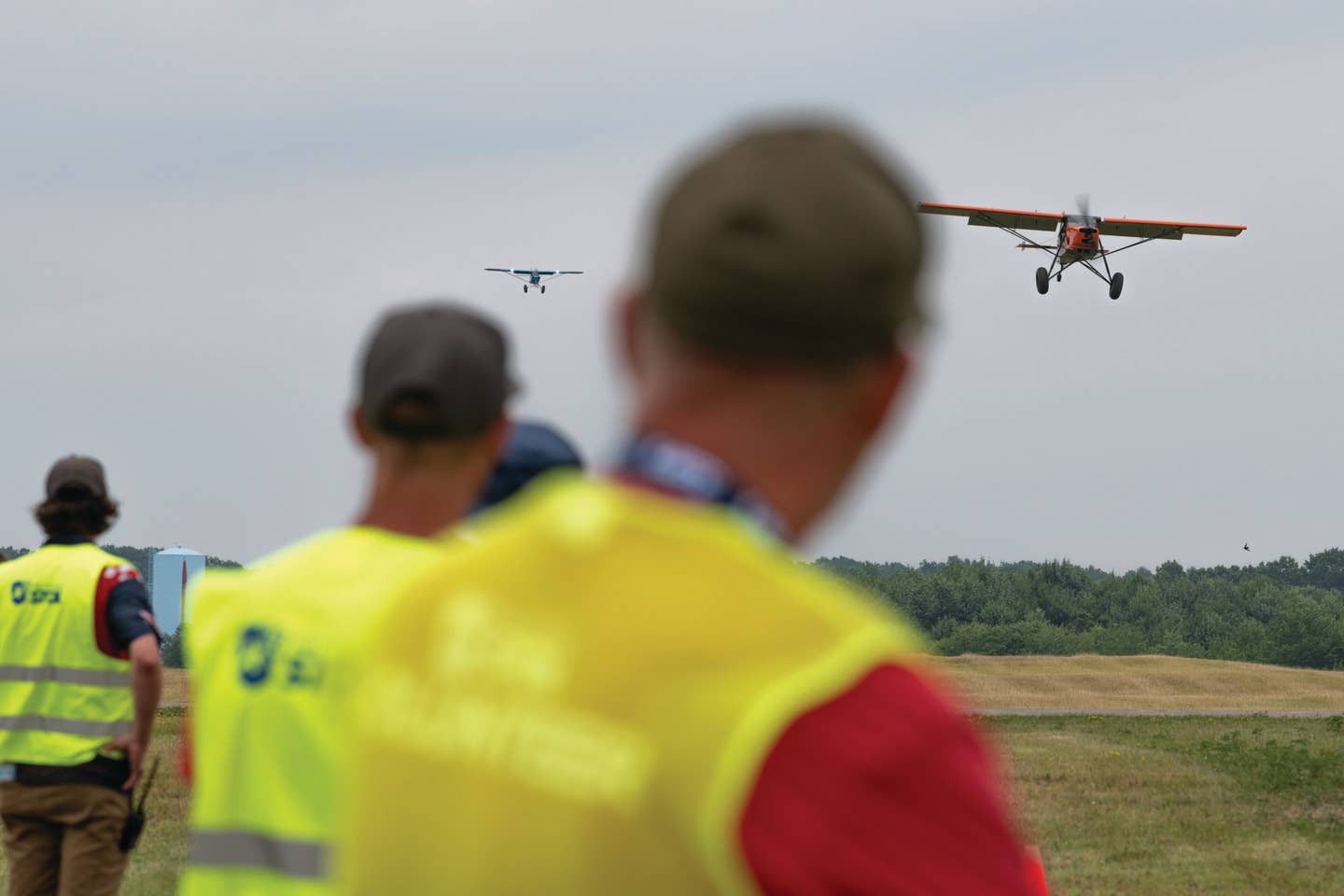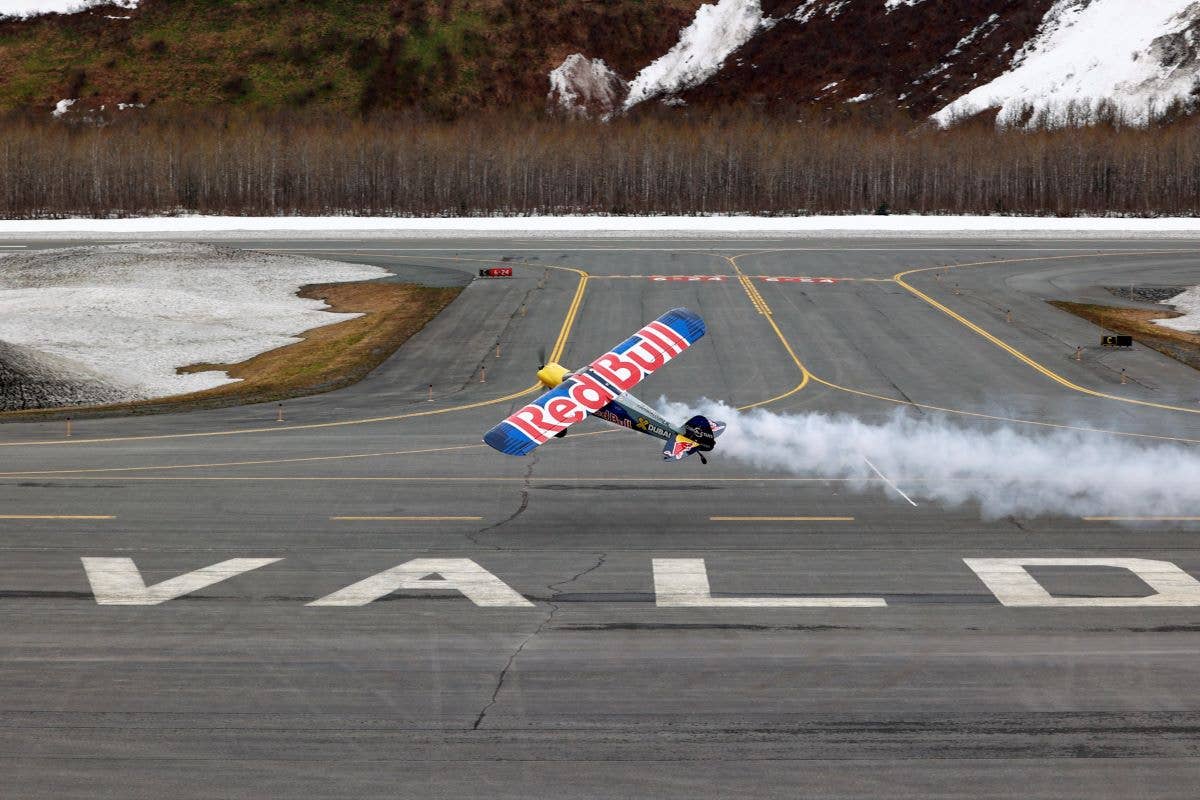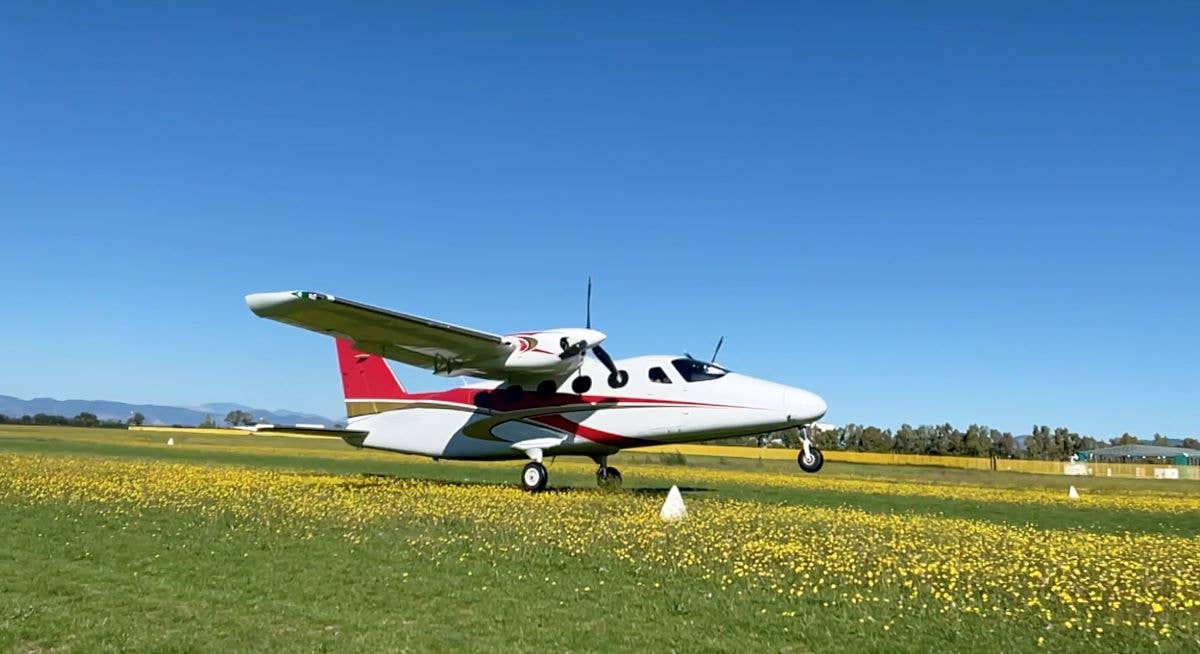The Draw of STOL Drag
Born in the backcountry, a technique transforms into the aviation movement of the moment.
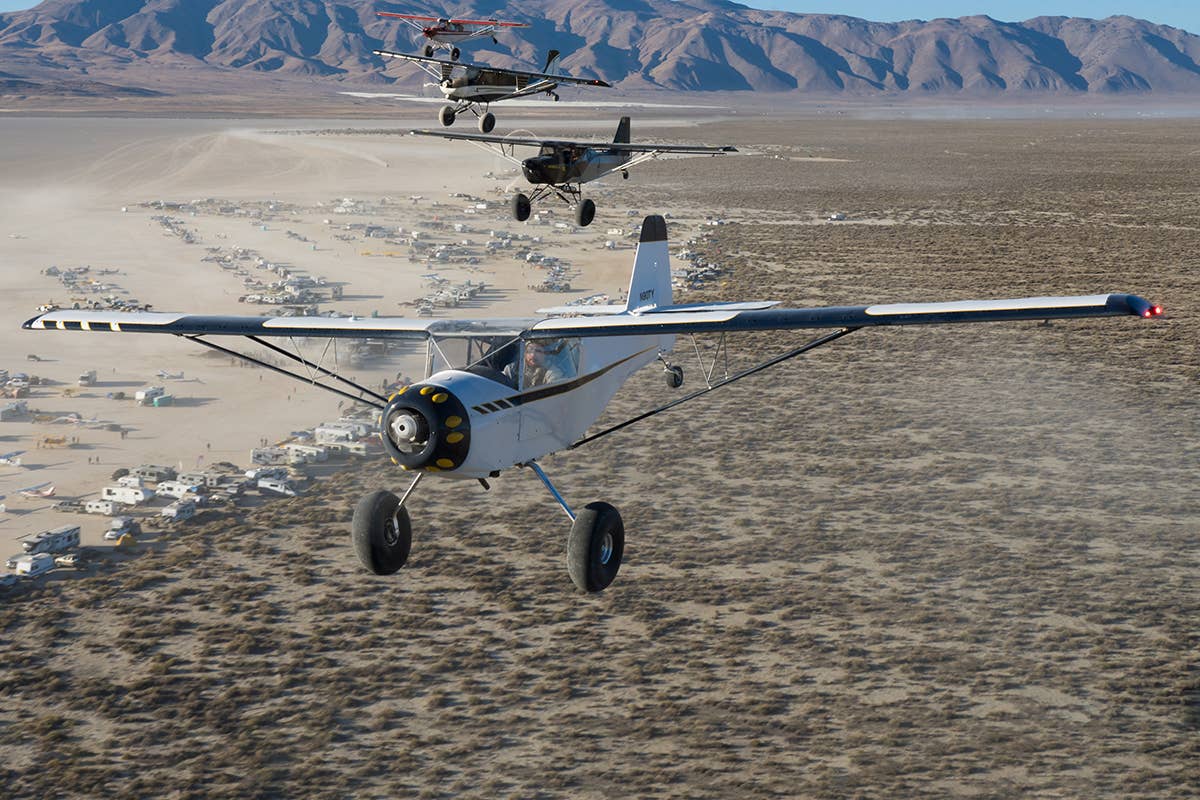
Short takeoff and landing (STOL) is no longer just traveling to hard-to-reach airstrips and camping with your airplane. [Photo: Leonardo Correa Luna]
Short takeoff and landing. STOL. It was once just a way to describe a mod kit that put drooped wingtips and stall fences on a high-wing Cessna or Maule, lowering the stall speed in order to help a stock single-engine airplane get in and out of cool airstrips in the backcountry. Or, perhaps, it simply described the techniques needed to make the technical approaches into those hard to-reach strips. But the term took on a whole new meaning when fat bush wheels and hopped-up engines got involved, enticing pilots to try their skill with shorter and tighter landing spots.
Some of those strips look just like that—spots on the chart. Many of them lie within the mountains, in wilderness areas. But others are carved out of corn fields in the Midwest, or lakeside meadows on the East Coast.
As a boy, Kevin Quinn spent a lot of time in the back seat of his father’s various airplanes. After getting a pilot certificate of his own—and retiring from the pro hockey scene—Quinn shifted his focus to heliskiing, combining his passion for the mountains and the skies.
Then, Quinn got into backcountry flying—finding a natural home at those strips in the deserts and mountains—and the seed of a movement was born. One year, he invited a handful of friends with their airplanes to celebrate his October birthday. “[We were] having fun, doing our thing out in the desert,” he says. The next year, he invited a few more friends. The seed that took root within him ultimately germinated into the High Sierra Fly-In (HSF) in 2010.
In a similar way, STOL flying laid the foundation for what came next to Quinn. “Traditional STOL is something we do every single day, every single landing,” he says, “but of course we’ve taken it [further] we’re part of the Oshkosh STOL Demo Team and we do some of the various…STOL contests. Well, seven or eight years ago, I was literally sitting in the morning on the ‘great think tank,’ where all of the ideas come, and I thought, ‘how can we create something that’s different than traditional STOL, and something a little more fun?'"
It Looks 'Cray-Cray...'
That’s how High Sierra became the birthplace of STOL Drag. The competition pits two airplanes at a time against each other. They line up, drag race-style, as if poised to race off the line in a viaduct, rumbling and ready to drop each other in a cloud of dust. They take off and fly just a few feet off the ground, following a 2,000-foot straight line to a turnaround point.
The airplanes must come to a total stop at that point—with tailwheels on the ground, if so equipped—and they often kick up so much dirt in doing so that they temporarily go IFR. They then spin around to line up within 10 degrees of a 180 so that they are pointed in the right direction to lift off again and charge toward the finish line.
The final moments look very much like two fast cars or dirt bikes duking it out for the win, if the pair are close contenders [see Part Two: The Pilots]. That’s how it goes down during the STOL Drag event at the STIHL National Championship Air Races at Reno. But at High Sierra, at a northern Nevada lakebed that’s more than four miles wide, the boundaries are invisible, retaining a sense of wildness to the shooting match.
Safety Comes First
As the number of STOL Drag contests has expanded from the one at High Sierra to several spread across the U.S., the culture surrounding the event has blossomed into something decidedly less wild. As it turns out, families participate in the STOL Drag competitions, together—and that’s how Quinn wants it to stay. That’s why there’s much more focus on safety and procedure than you would expect from a collection of self-styled “Fat- Tire Cowboys” messing around in the dirt.
You don’t get that from watching the scores of clips on YouTube, TikTok, and Instagram—or from the consternation the STOL events stir up, just in general (from backcountry traditionalists), or in the specific, when an incident or accident occurs.
But the two events at Reno and High Sierra that I witnessed in the fall didn’t offer up any obviously outsized risk—at least no more than pilots would normally accept when participating in air races, air shows, or any close-in aerial competition.
“When we started it was just us out there doing our thing,” Quinn says. “But now we’ve got our crash-fire-rescue [teams], and our paramedics, and our EMS, and our flight control tower, and FAA accreditation, and waivers—you name it—the list goes on and on for responsibility.” Pilots must go through a training program before competing—and the FAA has taken on the view that this skill development just makes good pilots even better.
The leaders strive to keep a high degree of safety—because of the kids, dogs, and festive atmosphere that no one takes for granted. That environment would change dramatically with a serious accident.
What's Next?
The STOL Drag movement has traveled far beyond its origins in the desert. With the blessing of the FAA, roughly a dozen contests have popped onto the calendar—including the Reno Air Races and HSF—for 2022. “There’s a lot coming up in the spring,” says Quinn, and more throughout the season, which is only limited to a certain extent by weather and conditions at the various landing areas.
The competition has a low barrier to entry—almost any single-engine airplane can come to the party, and as long as the pilot passes the training course and skills test, they can fly. And pilots reap benefits from the effort that go beyond the potential for a trophy in the case. “It’s one thing to be proficient, and it’s one thing to go out and get your certification,” Quinn says. “STOL Drag [is] bringing in all of these skills—and I’m a broken record—power and energy management, the directional and altitude control, the spot landing, the psychological aspects…the training is taking you beyond currency and making yourself proficient.”
One restriction to the event’s propagation remains—Quinn is the only person or entity that the FAA has qualified to conduct a STOL Drag contest, so far. Therefore, the number of competitions that can be held each year will reach a natural limit unless that changes.
As the year ahead indicates, though, there will be lots of opportunities for pilots to join the fun.
This article originally appeared in the Q1 2022 edition of FLYING.

Sign-up for newsletters & special offers!
Get the latest FLYING stories & special offers delivered directly to your inbox

